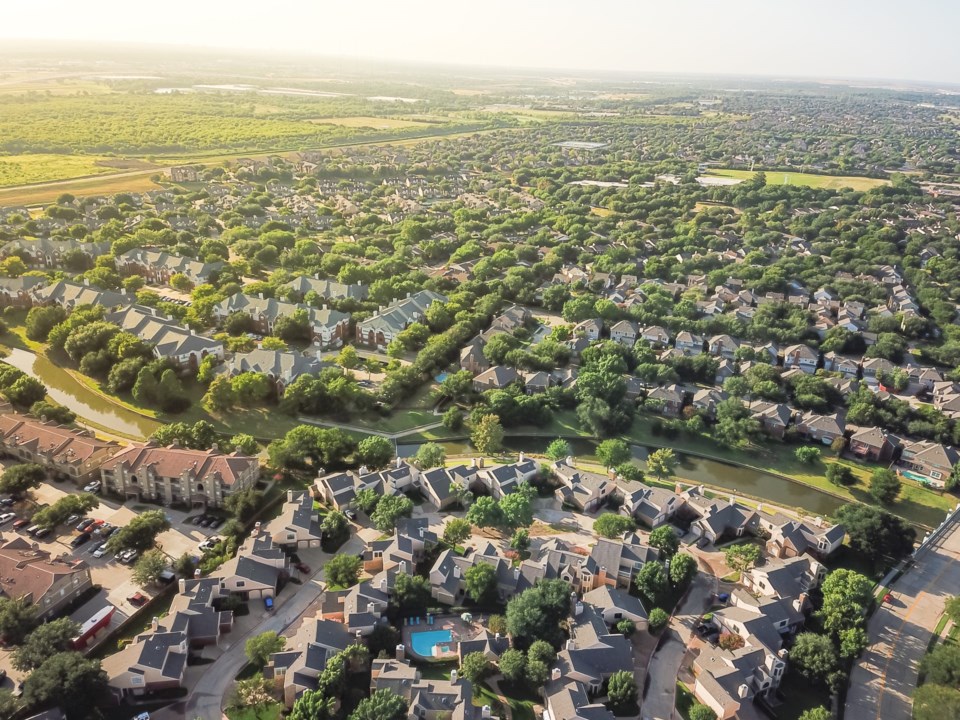Last Monday, Texas’ power grid operator ERCOT asked residents and businesses to conserve power due to the high temperatures. At the same time, and amidst a severe drought, WFAA reported that Dustan Compton, Conservation Manager for the Tarrant Regional Water District, believes water usage in Fort Worth has increased because of the city’s growth.
The explosive growth North Texas cities have experienced will also bring a jump in demand for services like water and electricity— both of which are already under strain.
As previously covered by Local Profile, since 2000, Collin County has experienced the highest sustained growth rate of any U.S. county with more than half a million residents. In the last couple of decades, Plano has become a major economic center. In 2020 the city’s day-time population was larger than the more than 280,000 residents who live there.
Former small are now bustling. Celina, for example, has joined the fast-growing cities of our county, with its population doubling from 18,000 to 36,000 in the last three years, reported NBCDFW. While officials are excited about the city’s growth, they expect their biggest challenge to be making sure city services keep up with the demand. "I think the biggest challenge is keeping up with services as you grow. You know, we're always a little bit behind," said Celina City Manager Jason Laumer to NBCDFW.
These challenges extend to the whole state. Ed Hirs, University of Houston Energy Fellow, explained to NBCDFW that Texas needs to invest in more generators to provide power. "We have an increasing population, we have an increasing economic activity, and yet we are not increasing the supply of generators that we need to power the state,” he added.
Senator Nathan Johnson agreed, but he also made the point that while “people agree we are going to need new generation sources … the problem is that energy markets, and financial markets, and energy demand, and climate are all changing very rapidly in an atmosphere of changing technology.”
In these conditions, officials will have to keep a delicate balance between investing in big infrastructure projects and expanding services to meet the needs of new residents, while sustaining the small-town identities that drove people there. It won't be easy.




